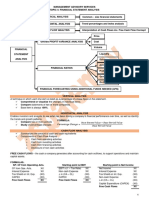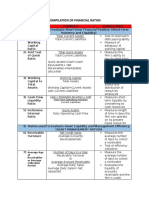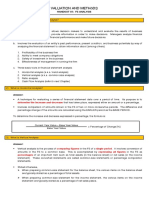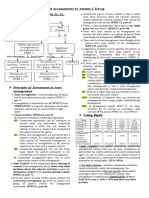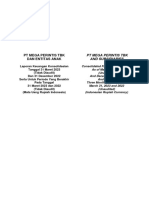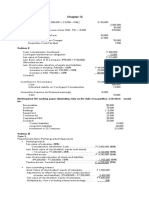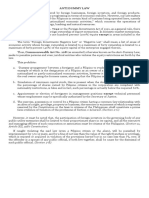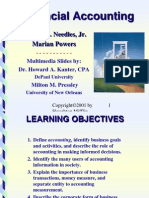0% found this document useful (0 votes)
3 views8 pagesFinance Formulas Handbook 2
The document is a Finance Formulas Handbook that outlines essential financial formulas across various categories including valuation, investment ratios, profitability, liquidity & solvency, efficiency, and cash flow. Each section lists the top 10 formulas with their purposes, providing a comprehensive resource for financial analysis. It serves as a quick reference guide for investors and finance professionals to assess company performance and valuation.
Uploaded by
mennatallah.goudaCopyright
© © All Rights Reserved
We take content rights seriously. If you suspect this is your content, claim it here.
Available Formats
Download as PDF, TXT or read online on Scribd
0% found this document useful (0 votes)
3 views8 pagesFinance Formulas Handbook 2
The document is a Finance Formulas Handbook that outlines essential financial formulas across various categories including valuation, investment ratios, profitability, liquidity & solvency, efficiency, and cash flow. Each section lists the top 10 formulas with their purposes, providing a comprehensive resource for financial analysis. It serves as a quick reference guide for investors and finance professionals to assess company performance and valuation.
Uploaded by
mennatallah.goudaCopyright
© © All Rights Reserved
We take content rights seriously. If you suspect this is your content, claim it here.
Available Formats
Download as PDF, TXT or read online on Scribd
/ 8


